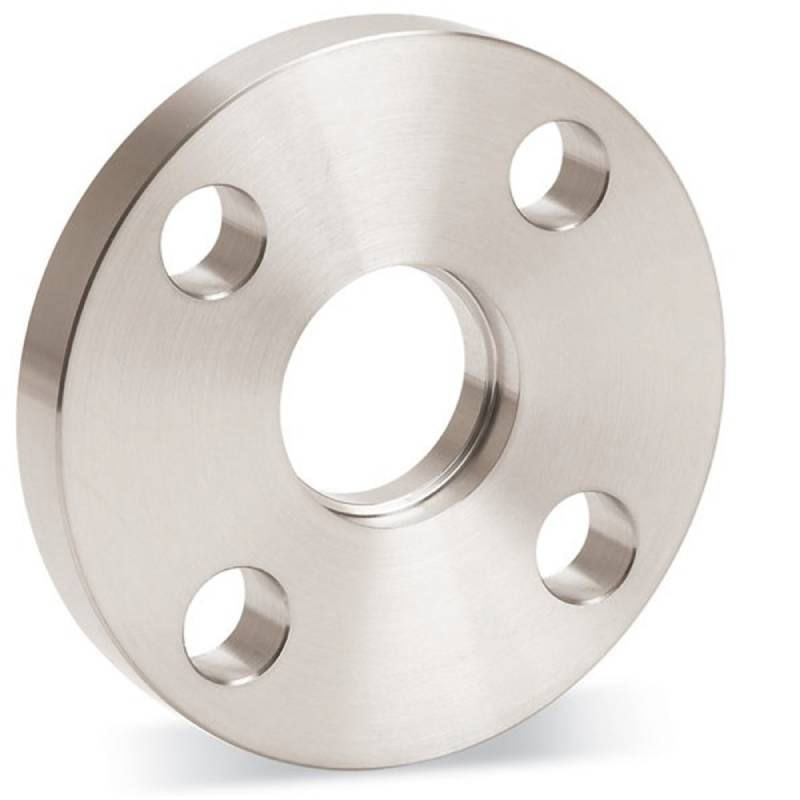-
Cangzhou Yulong Steel Co., Ltd.
-
Phone:
+86 13303177267 -
Email:
admin@ylsteelfittings.com
- English
- Arabic
- Italian
- Spanish
- Portuguese
- German
- kazakh
- Persian
- Greek
- French
- Russian
- Polish
- Thai
- Indonesian
- Vietnamese
- Zulu
- Korean
- Uzbek
- Hindi
- Serbian
- Malay
- Ukrainian
- Gujarati
- Haitian Creole
- hausa
- hawaiian
- Hebrew
- Miao
- Hungarian
- Icelandic
- igbo
- irish
- Japanese
- Javanese
- Kannada
- Khmer
- Rwandese
- Afrikaans
- Albanian
- Amharic
- Armenian
- Azerbaijani
- Basque
- Belarusian
- Bengali
- Bosnian
- Bulgarian
- Catalan
- Cebuano
- China
- China (Taiwan)
- Corsican
- Croatian
- Czech
- Danish
- Esperanto
- Estonian
- Finnish
- Frisian
- Galician
- Georgian
- Kurdish
- Kyrgyz
- Lao
- Latin
- Latvian
- Lithuanian
- Luxembourgish
- Macedonian
- Malgashi
- Malayalam
- Maltese
- Maori
- Marathi
- Mongolian
- Myanmar
- Nepali
- Norwegian
- Norwegian
- Occitan
- Pashto
- Dutch
- Punjabi
- Romanian
- Samoan
- Scottish Gaelic
- Sesotho
- Shona
- Sindhi
- Sinhala
- Slovak
- Slovenian
- Somali
- Sundanese
- Swahili
- Swedish
- Tagalog
- Tajik
- Tamil
- Tatar
- Telugu
- Turkish
- Turkmen
- Urdu
- Uighur
- Welsh
- Bantu
- Yiddish
- Yoruba

8 сар . 07, 2024 01:10 Back to list
Understanding Corrosion Mechanisms in Galvanized Pipes and Preventive Measures to Extend Longevity
The Implications of Rusting in Galvanized Pipes
Galvanized pipes have long been a go-to choice in various plumbing and construction applications, primarily due to their resistance to rust and corrosion. However, the reality of rusting in galvanized pipes can have significant implications on their longevity and the integrity of systems that depend on them.
Understanding Galvanization
Galvanization is a process that involves coating steel or iron with a layer of zinc to protect against corrosion. The zinc layer acts as a sacrificial barrier, which means it will corrode before the underlying metal does. This process significantly extends the lifespan of pipes, making them suitable for outdoor and underground applications where moisture levels are high.
However, even galvanized pipes are not immune to rusting. Over time, the zinc coating can degrade due to various factors such as environmental conditions, mechanical wear, and chemical reactions. When the zinc becomes depleted, the underlying steel becomes exposed and is susceptible to rusting.
Causes of Rusting in Galvanized Pipes
Several factors can lead to the rusting of galvanized pipes. The most common causes include
2. Water Quality The presence of certain minerals in water, particularly acidic or alkaline substances, can also contribute to the deterioration of the zinc layer. High sediment levels can cause sandpaper-like abrasion on the surface of the pipe.
3. Mechanical Damage Any physical damage to the pipe—be it from careless handling or installation, or from external impacts—can compromise the integrity of the zinc coating.
galvanized pipe rusting

4. Age Over time, all galvanized pipes will naturally wear down. As the protective coating erodes, the risk of rusting increases, particularly in older installations.
Impacts of Rusting
The rusting of galvanized pipes can have several adverse effects. Firstly, rust can lead to blockages in the plumbing system, causing reduced water flow and pressure. In severe cases, it can also lead to leaks or bursts, resulting in costly repairs and potential water damage.
Secondly, rust can compromise water quality. Rust particles can contaminate the water supply, leading to discoloration, unpleasant tastes, and even health risks if left unchecked. This is particularly concerning in residential settings, where clean drinking water is critical.
Moreover, the presence of rust can be a clear indicator of other underlying issues. For example, if rust is detected in new galvanized pipes, it may suggest that the inadequate installation was not executed properly or that corrosive water is being used.
Prevention and Maintenance
To mitigate the risk of rusting, several preventative measures can be taken. Regular inspections of the plumbing system can help identify early signs of wear and degradation. Installing water softeners can help improve water quality by reducing acidity and mineral content that may contribute to corrosion.
In areas with extreme environmental conditions, choosing alternative materials like PVC or PEX may be more beneficial in the long run. These materials don't suffer from rust and may offer longer-lasting solutions for plumbing needs.
In conclusion, while galvanized pipes offer excellent initial protection against corrosion, it is crucial to understand that rusting can still occur over time. Awareness of the factors that contribute to this deterioration, along with routine maintenance and potential alternative materials, can significantly enhance the life span and safety of plumbing systems that utilize galvanized pipes.
Latest news
-
ANSI 150P SS304 SO FLANGE
NewsFeb.14,2025
-
ASTM A333GR6 STEEL PIPE
NewsJan.20,2025
-
ANSI B16.5 WELDING NECK FLANGE
NewsJan.15,2026
-
ANSI B16.5 SLIP-ON FLANGE
NewsApr.19,2024
-
SABS 1123 FLANGE
NewsJan.15,2025
-
DIN86044 PLATE FLANGE
NewsApr.19,2024
-
DIN2527 BLIND FLANGE
NewsApr.12,2024
-
JIS B2311 Butt-Welding Fittings LR/SR 45°/90° /180°Seamless/Weld
NewsApr.23,2024











